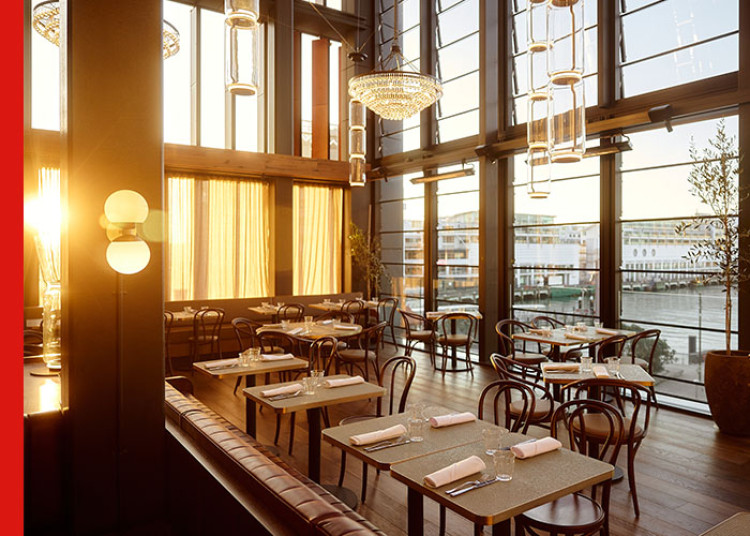
Ben Bayly’s French restaurant Origine (Commercial Bay, Auckland). Image by: Josh Griggs
In a fast-paced industry which has had to survive lockdowns and booms over the past two years, what’s in store for the restaurant sector in the year ahead? We put that question to restauranteur Ben Bayly, who runs five restaurants and showcases local cuisine in his TV show, A New Zealand Food Story.
Specialists will beat generalists
Bayly says customers appreciate specialty expertise, rather than a broad-brush approach. His eatery Aosta, for instance, isn’t an Italian restaurant, it focuses on Northern Italian cuisine.
Whether you are an expert in a narrow range of dishes, or an unusual ethnic cuisine, specialists will win out over generalists when it comes to attracting diners.
Daily data will be essential to survival
Bayly has around 100 suppliers, and receives daily data on revenue and costs. That allows him to make tweaks to menus within hours, not days. Any restaurant waiting for days or weeks to see their data will struggle to keep up with fast-changing financials, he warns.
“Knee-jerk reactions are supposed to be a bad thing, but I make them all the time. Updating the website or the menu, changing a price – it’s done in hours, not days. We have our fingers on the pulse and we know our outgoings daily. For us, that’s what financial sustainability means.”
Rapidly rising prices mean you need to look for savings
Costs are rising swiftly, so those in the restaurant business must be poised to respond in order to protect margins, says Bayly.
“Putting our prices up is one option, and we do other things like work on trying to do the job more efficiently and focus on training our staff. We price check everything – maybe we change supplier or source another ingredient that is more cost effective. We look at our power bill daily too, trying to figure out how to save on it.”
Drinking culture is shifting from quantity to quality
The classic Kiwi binge drinking culture is dying. Instead, consumers are adopting more thoughtful patterns of alcohol consumption. Restaurants see a real dip in alcohol sales during Dry July, for instance, and younger generations tend to drink less than their parents.
“There’s been a change around drinking and alcohol culture: it’s more about quality than quantity. It’s tied to the trend of people wanting to know more about what they put in their bodies.”
New Zealand cuisine is on the rise
The trend for local food with a story behind it is boosting demand for quality Kiwi ingredients – both here and internationally. Awareness of our produce and culture is growing, which is inspiring more chefs to try to define what makes New Zealand cuisine unique.
“What are our national dishes? Maybe hangi. Maybe a whitebait fritter. At this point there aren’t too many dishes you can think of. We’re still a young nation with a mish-mash of influences, so our food culture is in its infancy,” Bayly says.
“But now we’re starting to see more people celebrating it, and in 20 or 30 years I think we’ll look back on this time as when New Zealand cuisine really emerged.”
